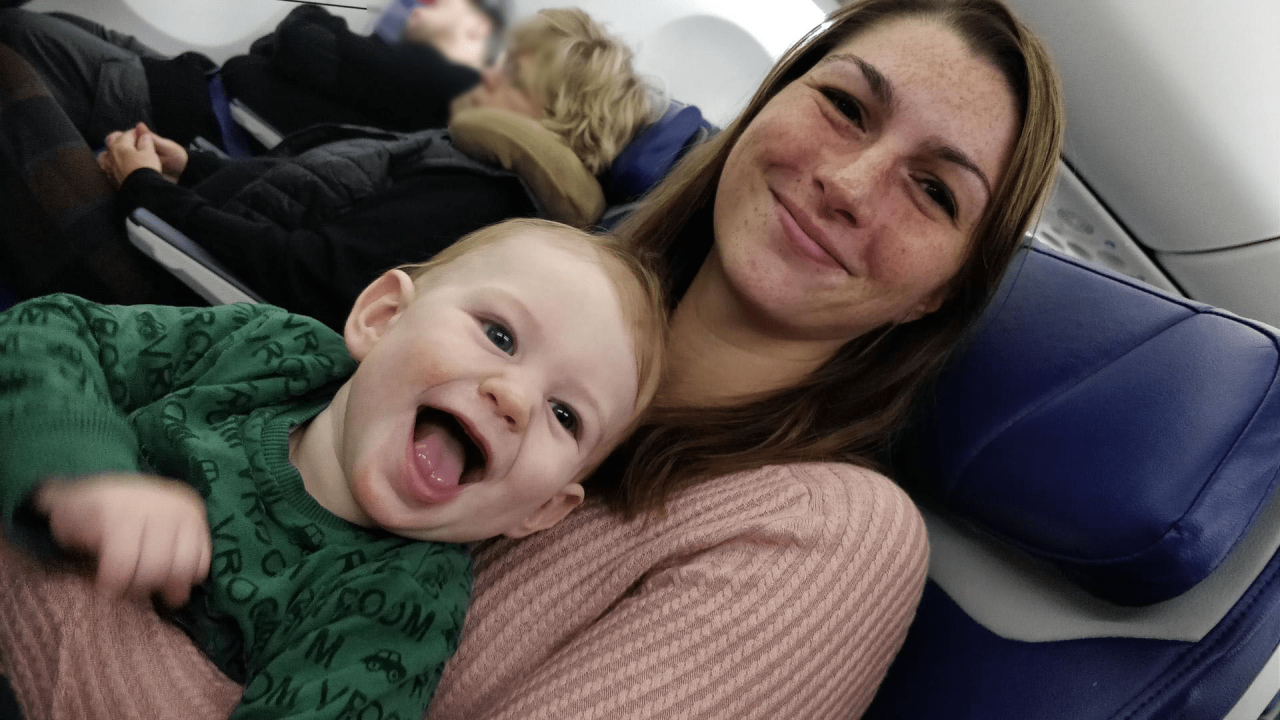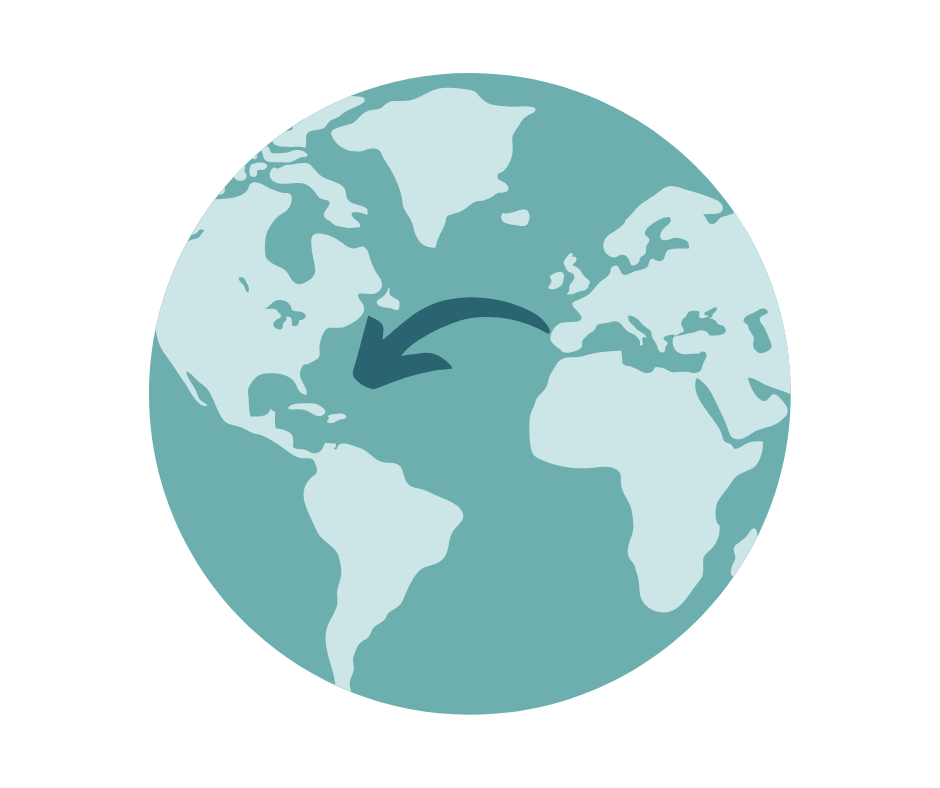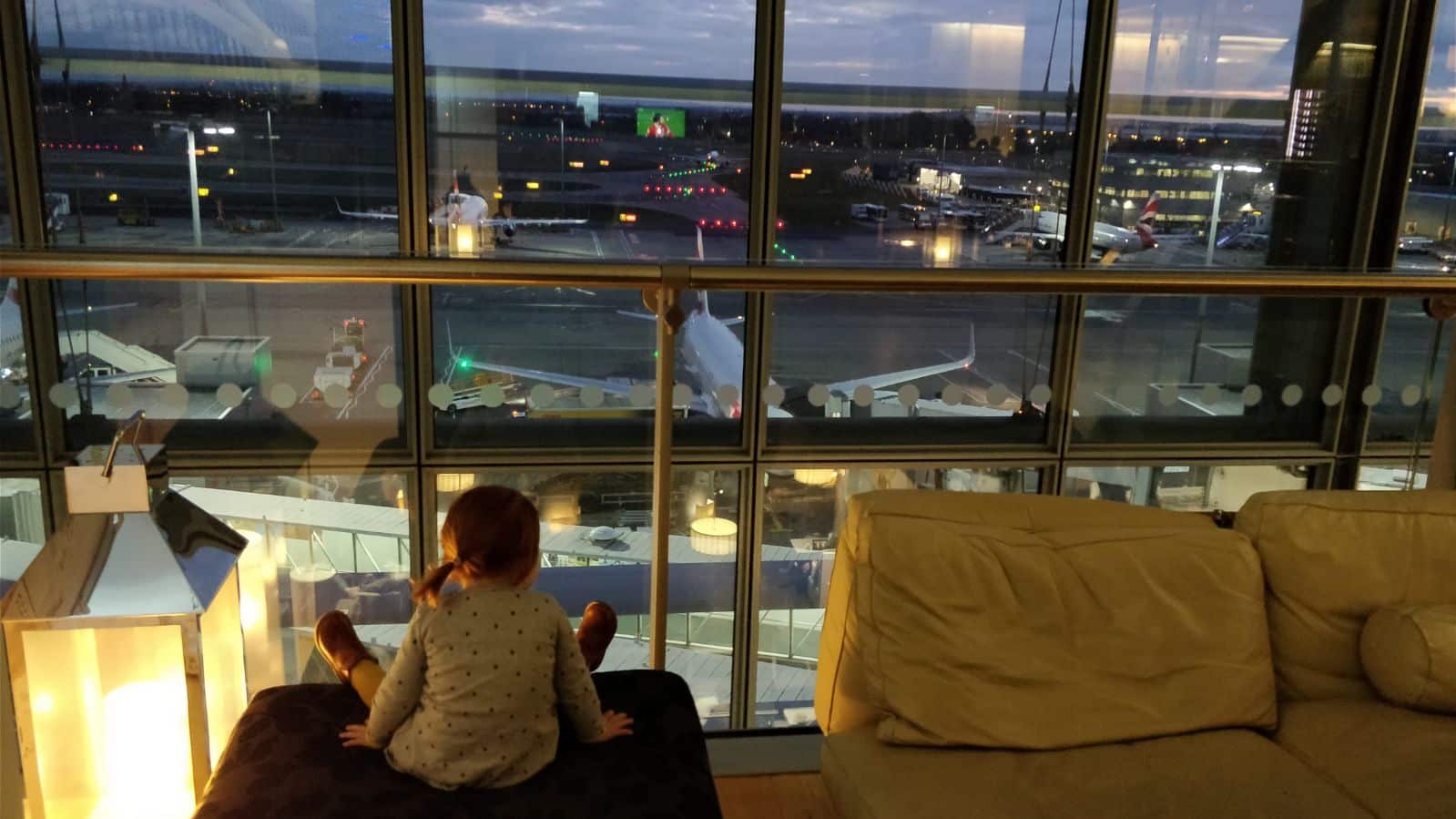Many of us love travelling and exploring the world with our kids. But globetrotting and time differences go hand in hand…
You finally got your baby in a nice routine and now you’re flying halfway across the world just for fun? Be prepared to mix it all up again as the jet lag sets in!
Unfortunately we haven’t found any easy step-by-step plan and there are no magic solutions (if you do know any, please comment below!). But there are some practical tips and tricks to help your baby get over jet lag.
Is it worth adapting your baby’s body clock to your destination’s time zone?
Depending on how long you will be spending at your destination, you might want to consider if mixing up your baby’s entire routine is even worth it. If you’ll be staying less than a week, it could be easier to just go with the flow and embrace early sunrises (when you’re travelling West) or beautiful sunsets (when travelling East) with your baby.

During our most recent trip, travelling West to East turned out to be the more challenging direction, especially with Kasper (7 months old).
Plan in advance for small time differences
If you’re dealing with a small time difference (less than 3 hours), you can start adjusting a couple of days before you leave. You can typically shift your baby’s bedtime with about 15-20 minutes per day.
For bigger time differences, like switching day hours for night hours, a gradual transition will be difficult, and it might be better to just jump into it when you must.

No time to waste: start adjusting as soon as you leave the house
Start the adjustment when you start travelling. If you’re flying, start after take-off and try to get your baby to eat, sleep and play according to your destination’s time zone.
Sticking to some of your usual habits will help your baby understand better what is expected of them even if their biological clock is telling them something else. For example, put on your baby’s pajamas and sleeping bag around bedtime, and bring their favorite blanket or teddy bear.
It might sound like a lot more effort to bring all that in your carry-on, but it will be worth it if your baby adjusts to the new time zone quicker!
Travelling East to West

The challenge travelling East to West: Your baby will want to start the night by mid- to late afternoon. And the next day, they’ll feel like waking up extremely early!
On the day of travel, the key to shifting their body clock is to postpone bedtime as much as possible. Schedule in an extra nap if needed, but wake them up in time so that they don’t start their night! Warning: this could be painful…!
Once bedtime finally comes around, make sure their bellies are full by adding an extra feed or meal and make sure the room is dark. You can expect plenty of nighttime waking during the first few nights. Try to get them back to sleep the way you would do at home. Don’t start the day before 6am, no matter how awake you might feel yourself!
”When we were travelling to the USA, it took our kids about 3 days to adjust. Margot (3 years old) was very restless the first night and then needed late afternoon power naps for the first few days. Kasper (7 months old) had a more difficult time, waking up every other hour at night. But we took turns to get them back to sleep and after 3 nights they were fine and fell back into their usual routine.
Sarah, Founder of Baby on the Move
Travelling West to East

The challenge travelling West to East: Your kids will actually struggle to wake up in the morning… But before you get too excited, just know the fun stops in the evening when they won’t want to go to sleep…
On the day of travel, shorten or even skip the afternoon nap. You will have to put your baby to bed earlier than their body clock is used to, so the objective is to get them tired (but not overtired).
Darken the room as much as possible, using black-out curtains if needed. Your baby will probably sleep well early in the night. But don’t be fooled, they might actually be taking the afternoon nap that you had them skip… When your baby decides that sleep time is over in the middle of the night, don’t fight this too much during the first few nights. Stay with them in their room and read a book, do a puzzle, or cuddle a little bit. Keep the lights dim and try to get them back to sleep after a half hour.
One of the most difficult things when travelling East is getting out of bed in the morning. You will be tempted to sleep in because your body will tell you it’s the middle of the night (and you’ll be tired from the kids keeping you up). Set an alarm and force yourself and the kids to get out of bed. Otherwise you’ll just end up dragging out the jet lag.
”During our most recent trip, this turned out to be the more challenging direction to travel, especially with Kasper (7 months old). He was confused and cried a lot in the first few hours of the night. Then after 2am, he would sleep deeply and we struggled to wake him in the morning. After a rough week, he finally found his routine again. Margot (3 years old) was ready to start her day at 1am on the first night back. But we could explain that it was still nighttime and got her to bed again. She settled into her normal routine again after two nights.
Sarah, Founder of Baby on the Move
Rise and (sun)shine!
Sunshine and natural light can be incredibly powerful to influence your body clock! During the day, try to be active and plan outdoor activities if you can. When travelling West, go outside in the afternoon to help keep you awake a bit longer. When going East, get out in the morning to help kickstart your day.

Jet lag can be a traveler’s challenge, especially with little ones in tow. As you cross time zones, maintaining a sense of normalcy is key. Aside the tips for gradual adjustments and keeping routines, a secret ally awaits: our new Sweet Dreamz Humidifier.
Ready for take-off?
Travelling across time zones might not sound like a walk in the park, but don’t let this hold you back. Despite the challenges, our recent road trip to the USA was one of the most amazing trips we’ve taken! Use our tips to help your baby get over jet lag and you’ll have a great trip.
Follow us on Instagram and Facebook to get more tips from our adventures (big and small) with our kids!




